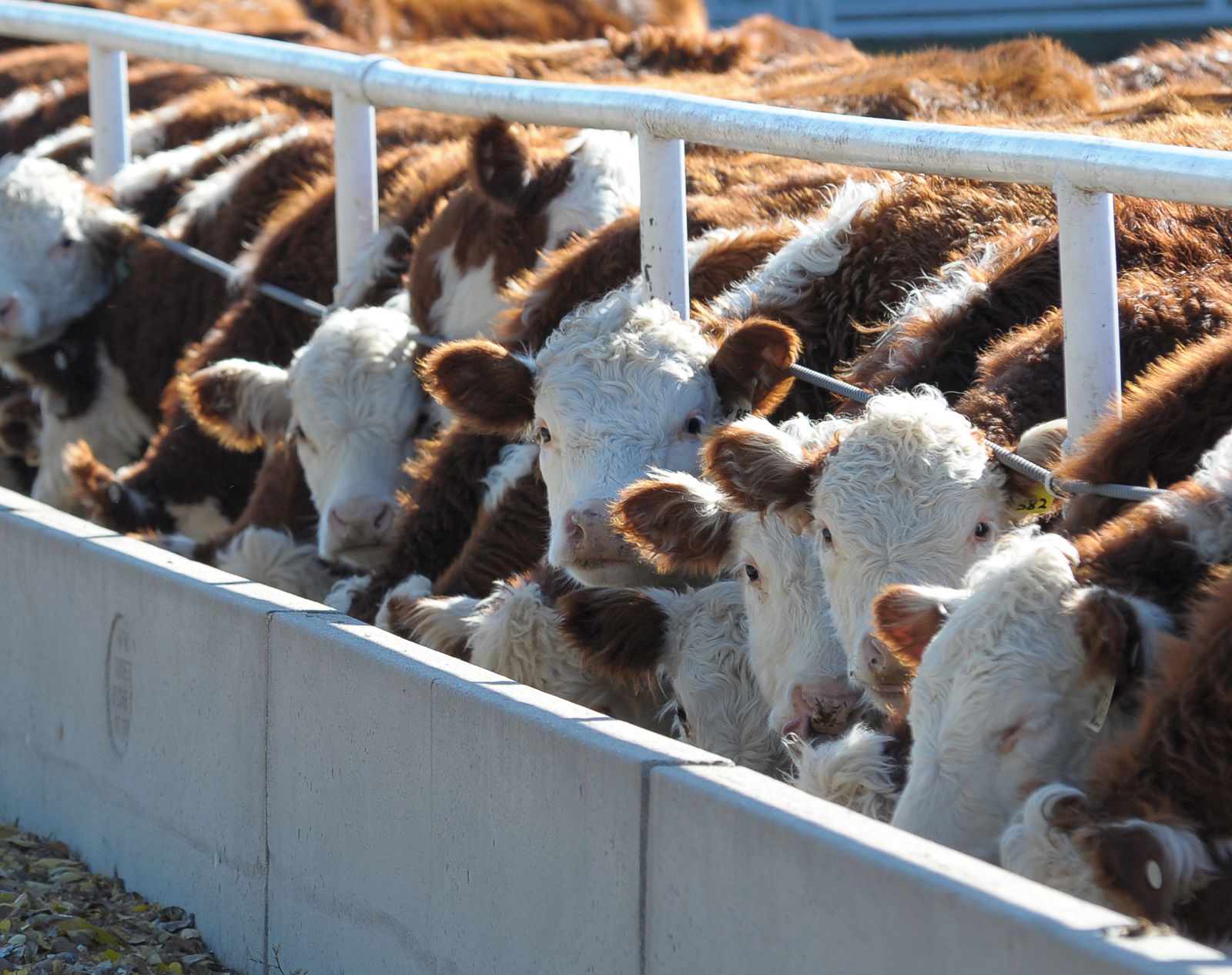With public concerns on antimicrobials, K-State study looks at economic impact of metaphylaxis

For feed yards across the United States, bovine respiratory disease has the biggest economic implications of any other disease.
BRD is the most common cause of morbidity and mortality in beef cattle production. It affects 97 percent of feedlots, 16 percent of cattle and costs the beef industry an estimated $6 billion annually, according to the U.S. Department of Agriculture.
That makes preventative measures, like using antimicrobials to manage diseases like BRD in high health-risk cattle upon arrival in feeding operations, a necessary practice. However, there has been a heightened focus from consumers, supermarkets and activist groups in recent years pressuring producers to use antimicrobials more judiciously.
That scrutiny is part of the trigger behind a new study by Kansas State University agricultural economists and veterinary medicine faculty. The group looked at the economic impact of removing a commonly used health management practice for high health-risk animals.
Their hope is their findings will help inform public debate on the topic.
The study focused on the practice of metaphylaxis, or the mass treatment of a group of high health-risk cattle, in advance of a disease outbreak, to eliminate or minimize the onset of a disease, said Elliott Dennis, a K-State doctoral student who worked on the study.
Some organizations have expressed concerns that use of shared-class antimicrobials in livestock production may be linked to increased health risks and antimicrobial resistance in humans. And, while all antimicrobials currently used in cattle feeding to eliminate and minimize incidences of a disease outbreak are approved by the Food and Drug Administration, current policy debates include whether to further regulate antimicrobials used for metaphylaxis.
Livestock producers are concerned many of the current antimicrobials and health management practices that they rely on today won’t be available in the future, researchers say.
“There’s a general sentiment and public policy concern about the use of antibiotics in animal production,” said Ted Schroeder, a livestock economist with K-State Research and Extension, in a press release. “Our study assessed the economic impacts on the beef cattle industry and on consumers of using metaphylaxis in the beef cattle industry.”
To accomplish the objective, the researchers collected data from 10 large Midwestern feedlots. They looked at net returns across the three different animal placement weight categories plus two health treatments—metaphylaxis and no metaphylaxis.
Feedlots could lose as much as $1.8 billion annually if metaphylaxis were eliminated, the study showed.
“If metaphylaxis were not available, a reduction in revenue would result from reduced average daily gains, increased feed conversions, higher health costs from treating more sick animals and more deaths primarily for those high health-risk animals,” Dennis said. “That reduction in profitability would then be passed up and down the beef supply chain, ultimately resulting in higher prices for consumers to pay for beef at the supermarket.”
Metaphylaxis is used by 59 percent of U.S. feedlots selectively on 20.5 percent of cattle placed on feed across all cattle placement weights, according to USDA.
The report also showed:
• Feedlots could lose from $925 million to $1.180 billion and feeder cattle producers would lose $1.06 billion to $1.35 billion in producer surplus annually if metaphylaxis were eliminated.
• On average, when not treated with metaphylaxis, 550-pound placements lost $104 a head; 700-pound placements lost $99 a head; and 850-pound placements lost $63 a head.
• Higher beef prices could entice consumers to substitute into other meat products.
Dennis said the study’s estimated impact is valuable to producers, animal health consultants and policymakers, which will allow them to make more informed decisions surrounding metaphylaxis use.
“Our primary goal was to make sure that as such policy options are being debated that at least folks are informed about what kinds of economic impacts alternative strategies like this could entail,” Dennis said.
He added the faculty who were part of the study plan to continue their analysis by looking closer at options that producers may have for using different types of metaphylaxis drugs and what happens if they took away certain specific antimicrobials but allowed other antimicrobials to be present.
For more information on the study, visit http://www.agmanager.info/livestock-meat/cross-subject-areas/value-arrival-metaphylaxis-us-fed-cattle-industry.
Amy Bickel can be reached at 620-860-9433 or [email protected].


